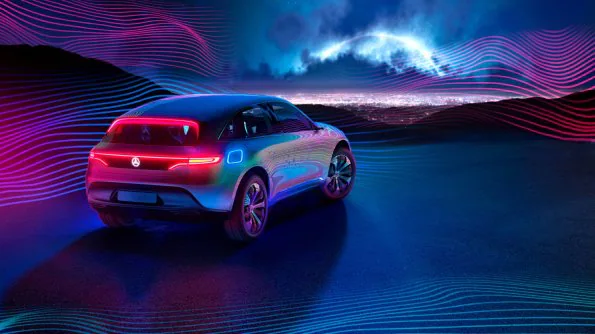
The off-track race for the EV market is getting intense especially with pioneers like Mercedes Benz. Conventional carmakers are using everything at their disposal to beat the newbie in the game.
Yes, it is Tesla and the thing with Tesla is, it’s miles ahead in the race.
It is quite hard for giants like Mercedes to watch a Silicon Valley company steal the show since Mercedes was the name in the industry. If Mercedes does not act upon the matter seriously, the company will have to bleed.
To establish the name in the EV sector and capture the growing market, Mercedes has a vision and a plan.
Most of the car companies have made it their goal to go fully electric by a specific year. For GM it’s 2035 and for Volvo, it’s 2030. Irrespective of the timeline they have put, it is a Herculean task to achieve what they are aiming for.
There are several hurdles to be overcome,
- Channelling R&D towards new and unfamiliar terrains.
- Changing the infrastructure and plant layouts.
- Collaborating with several companies from different sectors.
- Rework the logistics and supply chain.
- Upgrading the existing workforce and acquiring new ones.
When I say these hurdles, you might think…
Well, how hard it can be?
It’s so hard. The companies have to rework and reconfigure everything from the scratch. For example, there are departments solely dedicated to reducing the vibrations and sounds coming from an engine and with an electric car, the need for such a department simply doesn’t exist.
Now that we know a bit about the struggles the conventional automakers have to face, let us look at Mercedes Benz.
An Invest of a whopping $47 Billion
Daimler, the parent company of Mercedes-Benz, plans to invest more than $47 billion by 2030 to compete with Tesla in the all-electric car market but has cautioned that this transition and focus on EV would affect other aspects of the company.
The inventor of the modern automobile announced that it will set up eight battery manufacturing plants with partners as part of its electric vehicle (EV) manufacturing ramp-up. The company has made it clear that all new car platforms will solely manufacture EVs starting in 2025. Daimler is also buying YASA Limited, a British company that helps create high-performance electric motors.
Bold Moves From the Company
In a statement given to Reuters, company Chief Executive Ola Källenius said,
“We really want to go for it … and be dominantly, if not all-electric, by the end of the decade, We need to move the debate away from when you build the last combustion engine because it’s not relevant, The question is how quickly can you scale up to being close to 100% electric and that’s what we’re focusing on.”
He also added that spending on traditional combustion-engine technology would be “close to zero” by 2025.
Daimler anticipates electric and hybrid electric vehicles to account for 50% of sales by 2025, with all-electric vehicles accounting for the majority of it, sooner than its prior prediction of 2030. In 2025, the automaker will debut three electric platforms: one for passenger cars and SUVs, one for vans, and one for high-performance vehicles.
The company shares have increased as much as 2.5% on the announcement, which comes a little over a week after the European Union suggested an effective ban on the sales of new petrol and diesel automobiles beginning in 2035 as part of a broader package of climate-change measures.
Taking a U-Turn
Mercedes was heavily investing in the development of ICE-powered vehicles. Not only Merc but most of the automakers was doing the same until Tesla showed up in the game and things changed. Between 2019 and 2026, Mercedes-Benz will invest 80% less in combustion engines and plug-in hybrid technologies.
This shift towards EVs will also impact the existing workforce of the company.
“A transformation of our workforce will involve tough decisions. Yes, overall we must and will reduce our personal costs,” Mercedes-Benz management board member and head of human resources Sabine Kohleisen said.
Daimler stated that 200 gigawatt-hours (GWh) of battery cell capacity will be built. Four of the company’s five battery facilities will be located in Europe, with one in the United States. To challenge China’s supremacy in battery manufacture, the EU has been working aggressively to expand battery capacity and it would boost the initiatives from the company.